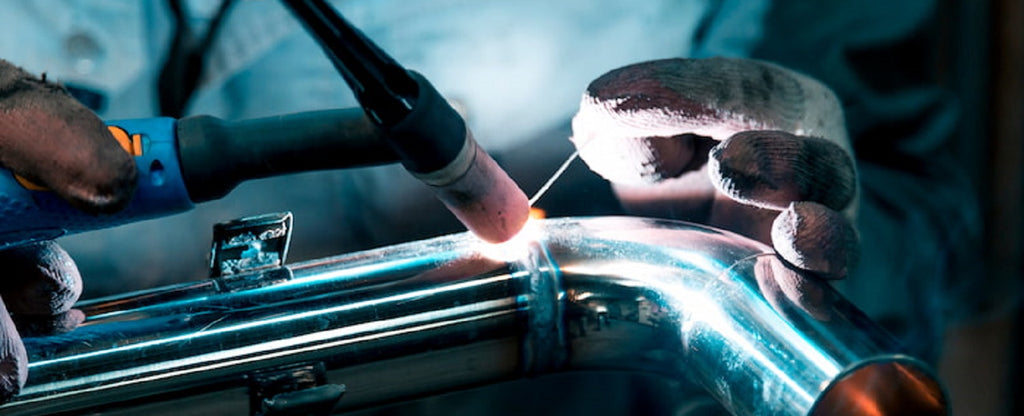Welding is an art that requires a great deal of skill and knowledge.
There are several soldering techniques available, each with its own advantages and disadvantages. The three most common welding techniques are TIG welding, MIG/MAG welding and MMA stick welding.
The differences between welding processes
TIG welding , also called "tungsten inert gas welding," uses a tungsten electrode to create the electric arc needed to melt metal. An inert gas (such as Argon) is used to protect the molten metal from oxidation. TIG welding is a very precise technique that can be used to weld very thin and delicate materials, such as aluminium. It is also a very clean technique and creates little toxic waste or fumes.

MIG/MAG welding , also called "wire welding", uses a continuous welding wire that is fed through a welding torch. A shielding gas is used to protect the molten metal from oxidation. MIG/MAG welding is a very versatile welding technique that can be used to weld many different types of materials including mild steel, stainless steel, aluminum and copper. It is also a very fast welding technique that can be used to weld large quantities of metal.

MMA stick welding, also called "coated electrode arc welding", uses an electrode coated with flux powder to create the electric arc needed to melt metal. The electrode coating creates a protective gas that protects the molten metal from oxidation. Stick MMA welding is a very versatile welding technique that can be used to weld many different types of materials, such as carbon steel, stainless steel, cast iron, aluminum. However, this welding technique produces a lot of toxic slag and fumes.

Which process is right for me?
TIG welding is the most precise and clean welding technique and suitable for very thin thicknesses (from 1 to 4mm), but it can be difficult to learn and requires a lot of practice.
MIG/MAG welding is a very versatile and fast welding technique suitable for medium-low to very thick thicknesses (from 2 to 25mm), but it produces a lot of slag and toxic fumes.
MMA stick welding is also a very versatile welding technique, but it produces a lot of toxic slag and fumes and is less precise than TIG welding. Certainly more suitable for large thicknesses and structural welding.
The choice of welding technique depends on the material to be welded, the specifics of the joint to be created, and the skills and preferences of the welding operator.

